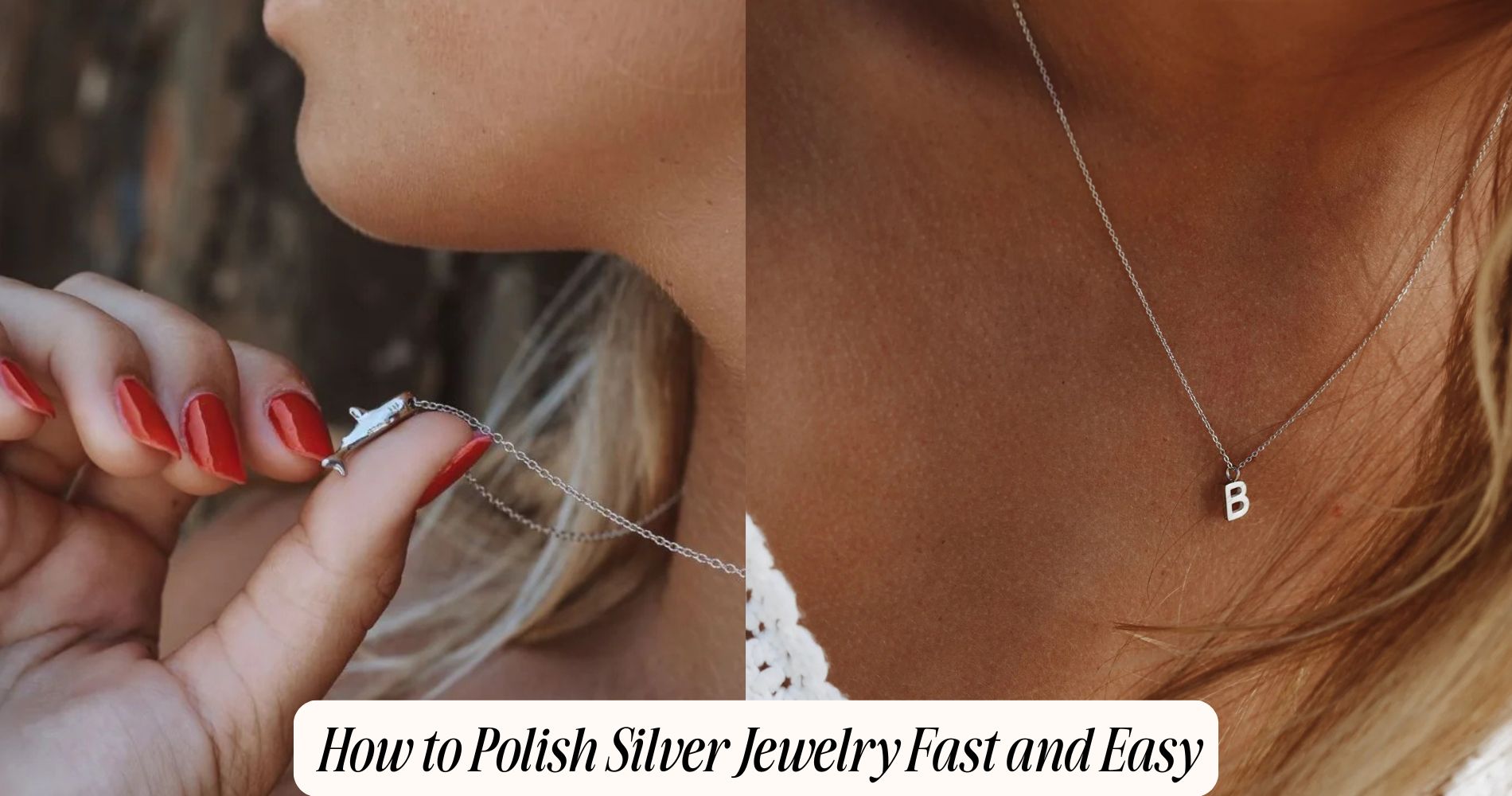
How to Polish Silver Jewelry Fast and Easy
If you're wondering how to polish silver jewelry quickly and effectively, start with a simple at-home method. Line a bowl with aluminum foil, place your silver pieces inside, sprinkle a generous amount of baking soda, and pour in boiling water until covered. Let it soak for 2–5 minutes—the tarnish will transfer onto the foil. Afterward, rinse and dry with a lint-free cloth. For an extra shine, use non-gel toothpaste or mild dish soap with a soft toothbrush. To keep your silver sparkling longer, store it in anti-tarnish pouches. Whether you're refreshing old favorites or caring for pieces from our Everyday Silver Necklace collection, these easy tips will keep your jewelry looking like new.
Understanding Why Silver Tarnishes
Although silver is a durable and attractive metal, it tarnishes due to a chemical reaction with sulfur-containing compounds in the air. When you expose your silver jewelry to ambient air, sulfur reacts with the silver's surface, forming silver sulfide. This black layer is what you recognize as tarnish.
Environmental factors play a significant role in the rate of tarnishing. High humidity, air pollution, and even proximity to items like rubber bands or wool can accelerate these chemical reactions.
Everyday activities, such as wearing your jewelry while cooking or cleaning, also introduce sulfur compounds or moisture, increasing tarnish formation.
Understanding these processes helps you anticipate when your silver might require attention, ensuring you can maintain its original luster with timely care and proper storage.
Essential Supplies You’ll Need
Now that you understand the factors behind silver tarnish, it’s important to gather the right materials before starting the cleaning process.
You’ll need lint-free polishing cloths specifically designed for silver; these contain micro-abrasives that safely remove tarnish without scratching the metal. Avoid paper towels or tissues, as they can leave scratches.
Select gentle, ammonia-free cleaning solutions formulated for silver jewelry—these effectively dissolve tarnish while protecting delicate pieces. Use a soft-bristled toothbrush to reach intricate details and crevices.
Prepare a small bowl for your cleaning solution, and have clean, lukewarm water ready for rinsing. Lay out a soft, non-abrasive towel for drying your jewelry thoroughly after cleaning.
With these essential supplies, you’ll guarantee a safe, efficient silver polishing process without compromising your jewelry’s integrity.
Quick Polishing With Baking Soda and Aluminum Foil
One of the most effective home methods for removing tarnish from silver jewelry involves a simple chemical reaction using baking soda and aluminum foil.
Line a glass or ceramic bowl with aluminum foil, shiny side up. Place your silver jewelry on the foil, ensuring pieces don’t touch. Sprinkle enough baking soda to completely cover the jewelry, then slowly pour boiling water over everything until submerged.
You'll notice bubbles forming—this means the oxidation is transferring from the silver to the foil. Let the items soak for about two to five minutes.
Carefully remove your jewelry with tongs, rinse thoroughly with cool water, and dry with a soft, lint-free cloth. This process efficiently restores luster without abrasive polishing or mechanical stress.
Using Toothpaste for Instant Shine
If you need a quick solution for dull silver jewelry, a non-gel, white toothpaste can serve as an effective mild abrasive.
Apply a small amount of toothpaste directly to your jewelry using a soft microfiber or lint-free cloth. Employ gentle, circular polishing techniques, focusing on tarnished areas. The toothpaste benefits include removing oxidation and restoring luster without damaging intricate details.
After polishing, rinse the item thoroughly under lukewarm water to eliminate all toothpaste residue, which can otherwise cause buildup or irritation. Dry your jewelry with a clean, soft cloth to prevent water spots.
Avoid using gel or colored toothpaste, as these may contain harsh chemicals or dyes that can scratch or discolor silver. Use this method sparingly to maintain your silver’s integrity and brilliance.
Cleaning Silver With Dish Soap and Water
Although silver jewelry often develops tarnish over time, you can safely restore its shine using a simple solution of mild dish soap and warm water.
Start by filling a small bowl with warm—not hot—water, as the ideal water temperature helps dissolve grime without compromising the metal’s integrity. Add a few drops of mild dish soap, taking advantage of dish soap benefits such as breaking down oils and lifting surface tarnish without being abrasive.
Submerge your silver jewelry and let it soak for 5-10 minutes. Gently clean intricate areas using a soft-bristled brush.
Rinse thoroughly under cool running water to remove soap residue. Pat dry with a microfiber or lint-free cloth, ensuring no moisture remains to prevent further tarnishing.
This method preserves both luster and durability.
Lemon Juice and Salt Method
Many jewelry enthusiasts rely on the lemon juice and salt method to effectively remove tarnish from silver pieces.
To start, mix one tablespoon of fresh lemon juice with one teaspoon of table salt in a small bowl. The lemon benefits your cleaning process by providing citric acid, which breaks down oxidation on silver. Salt properties further enhance this reaction by acting as a gentle abrasive, helping to lift away tarnish without scratching the metal.
Submerge your silver jewelry in the mixture for five to ten minutes, ensuring all surfaces are exposed.
After soaking, gently rub each piece with a soft cloth, focusing on heavily tarnished areas. Rinse thoroughly with clean water and dry with a lint-free cloth. This technique restores shine efficiently and maintains silver’s luster.
Preventing Tarnish With Proper Storage
One essential step to prevent silver jewelry from tarnishing is to store each piece in an airtight environment.
Choose storage solutions that minimize exposure to air and humidity, as these accelerate tarnish formation. Seal your jewelry in zippered plastic bags or specialized anti tarnish pouches, which contain agents that neutralize corrosive gases.
Place only one item per pouch to prevent scratching. For ideal protection, add silica gel packets or activated charcoal strips inside your storage container to absorb moisture.
Avoid wooden jewelry boxes unless they're lined with tarnish-resistant fabric, since untreated wood can emit vapors that promote tarnishing. Regularly inspect your storage area for excess humidity.
Tips for Polishing Intricate or Delicate Pieces
When working with intricate or delicate silver jewelry, exercise extra caution to preserve fine details and prevent accidental damage.
Use a soft-bristled brush, such as a baby toothbrush, for gentle yet effective cleaning of intricate designs. Avoid abrasive materials or excessive force, as these can scratch or deform fragile elements.
Apply a specialized silver polish with a lint-free microfiber cloth, using delicate handling in small, circular motions. For hard-to-reach crevices, wrap the cloth around a cotton swab or toothpick, ensuring you don’t snag or bend any filigree.
Rinse thoroughly with lukewarm water, then pat dry with a soft cloth. Always inspect for loose stones or connections before and after polishing, ensuring your intricate piece remains intact and beautiful.
When to Seek Professional Cleaning
Although regular at-home maintenance preserves most silver jewelry, certain situations require professional intervention.
Watch for signs needing professional assistance, such as deep tarnish that resists standard polishing, persistent discoloration, or visible surface damage like pitting and scratches.
Intricate settings with gemstones, filigree, or soldered connections often demand specialized ultrasonic or steam cleaning, which only a professional jeweler can safely perform.
If your silver piece contains porous stones or is antique, you risk accidental damage with DIY methods.
Don’t attempt to repair bent, broken, or loose components yourself, as improper handling can worsen the problem.
Instead, consult a reputable jeweler who’ll use precise techniques and appropriate cleaning agents to restore your jewelry’s brilliance without compromising structural integrity or aesthetic value.
Frequently Asked Questions
Can I Polish Silver Jewelry With Items Not Mentioned, Like Vinegar?
You can utilize alternative methods, such as vinegar, for silver jewelry. Vinegar benefits include its mild acidity, which dissolves tarnish. Soak jewelry in a vinegar-baking soda solution for two hours, then rinse thoroughly and dry.
Is It Safe to Wear Silver Jewelry in the Shower?
Wearing silver jewelry in the shower isn’t recommended for ideal silver jewelry care. Exposure to water, soaps, and shampoos can accelerate tarnishing and corrosion, compromising shower safety and the metal’s structural integrity. Always remove silver before bathing.
How Often Should I Polish My Silver Jewelry?
You should assess your polishing frequency based on wear and exposure; polish silver jewelry every 1-2 months to optimize tarnish prevention. Use a professional-grade polishing cloth and inspect for oxidation or discoloration during routine maintenance.
Does Polishing Silver Jewelry Reduce Its Value?
Polishing silver jewelry with improper polishing techniques can decrease silver value by removing fine details or thinning the metal. Use a soft cloth and non-abrasive polish to maintain integrity, ensuring your jewelry's value remains intact over time.
Are There Hypoallergenic Alternatives to Silver That Don’T Tarnish?
If you want hypoallergenic alternatives to silver, choose stainless steel or titanium jewelry. Both metals resist tarnishing, offer excellent biocompatibility, and minimize allergic reactions. You’ll benefit from long-term durability without frequent maintenance or sensitivity concerns.
Conclusion
With the right supplies and techniques, you can quickly restore your silver jewelry’s brilliance at home. Whether you use a baking soda bath, mild dish soap, or a gentle toothpaste polish, always rinse thoroughly and dry with a soft, lint-free cloth. Store your pieces in anti-tarnish bags to minimize oxidation. For intricate or heavily tarnished items, consult a professional. By following these methods, you'll keep your silver jewelry looking its best with minimal effort.








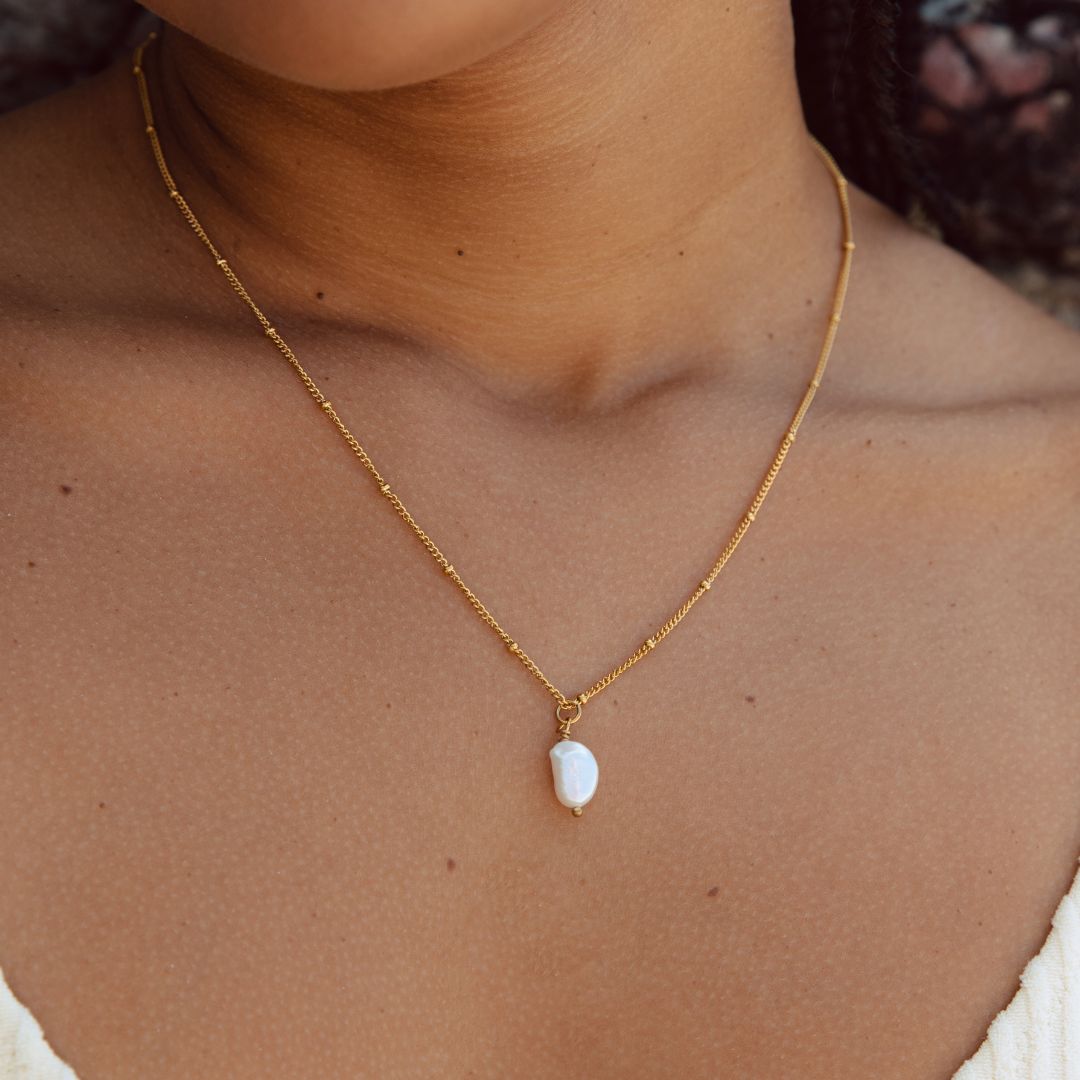

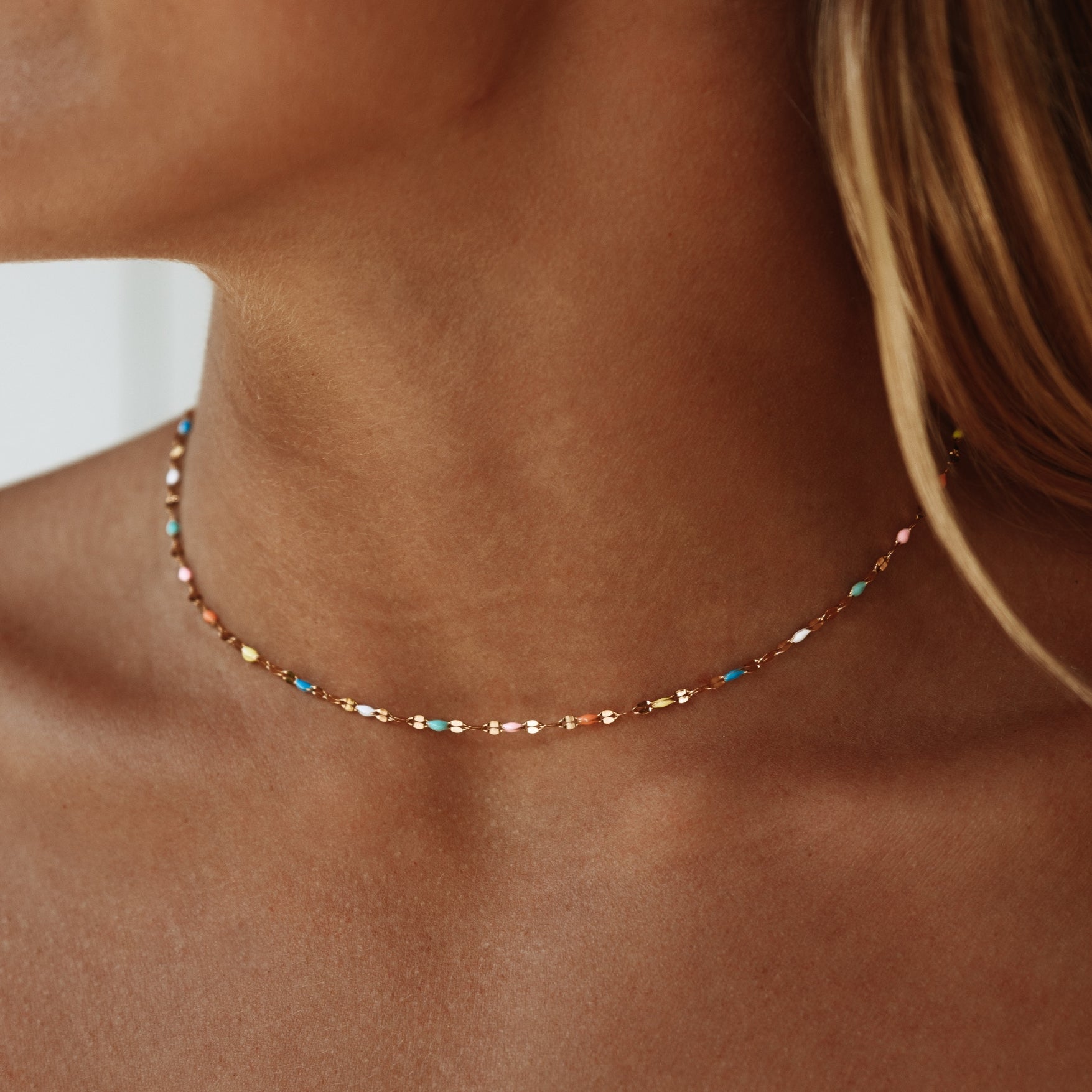


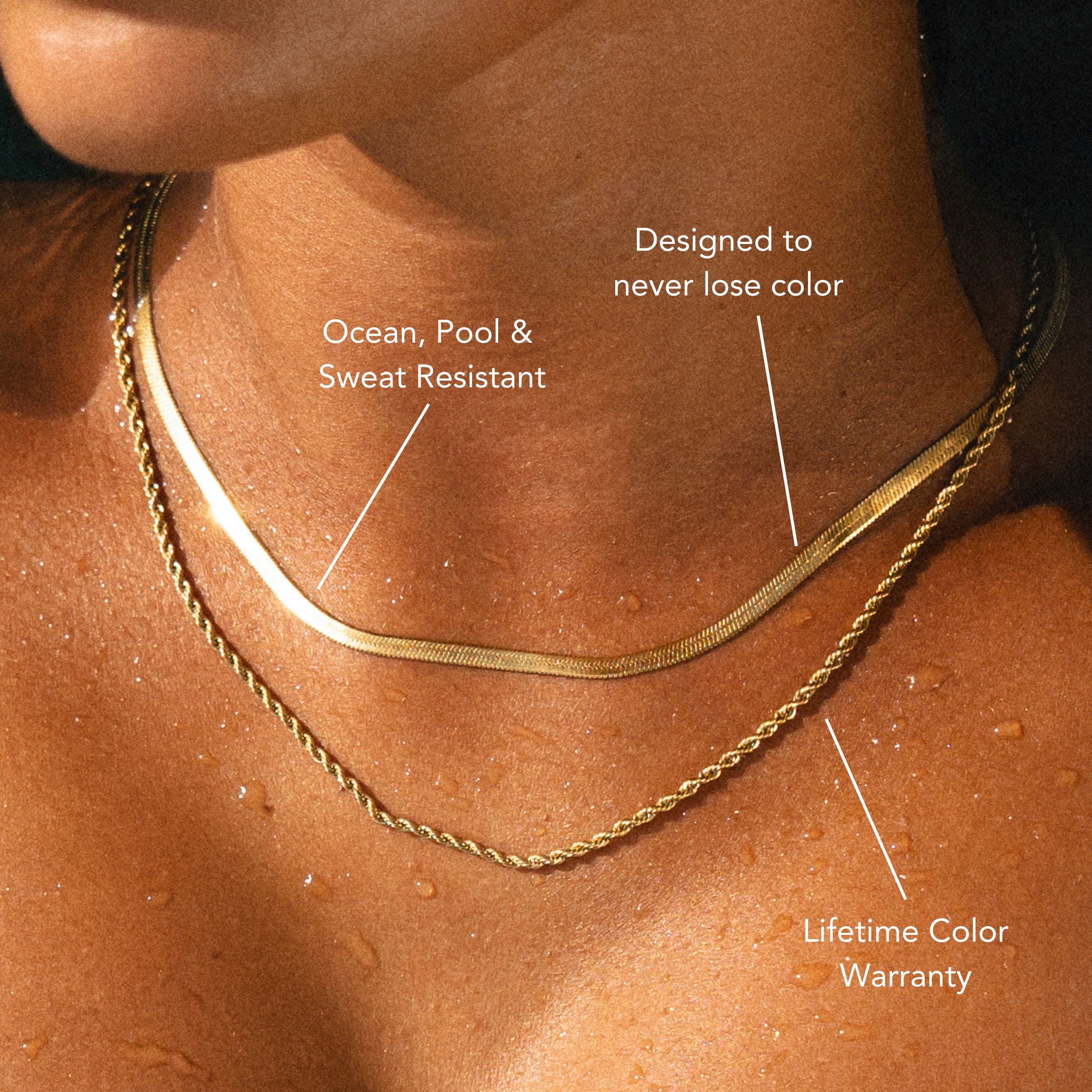
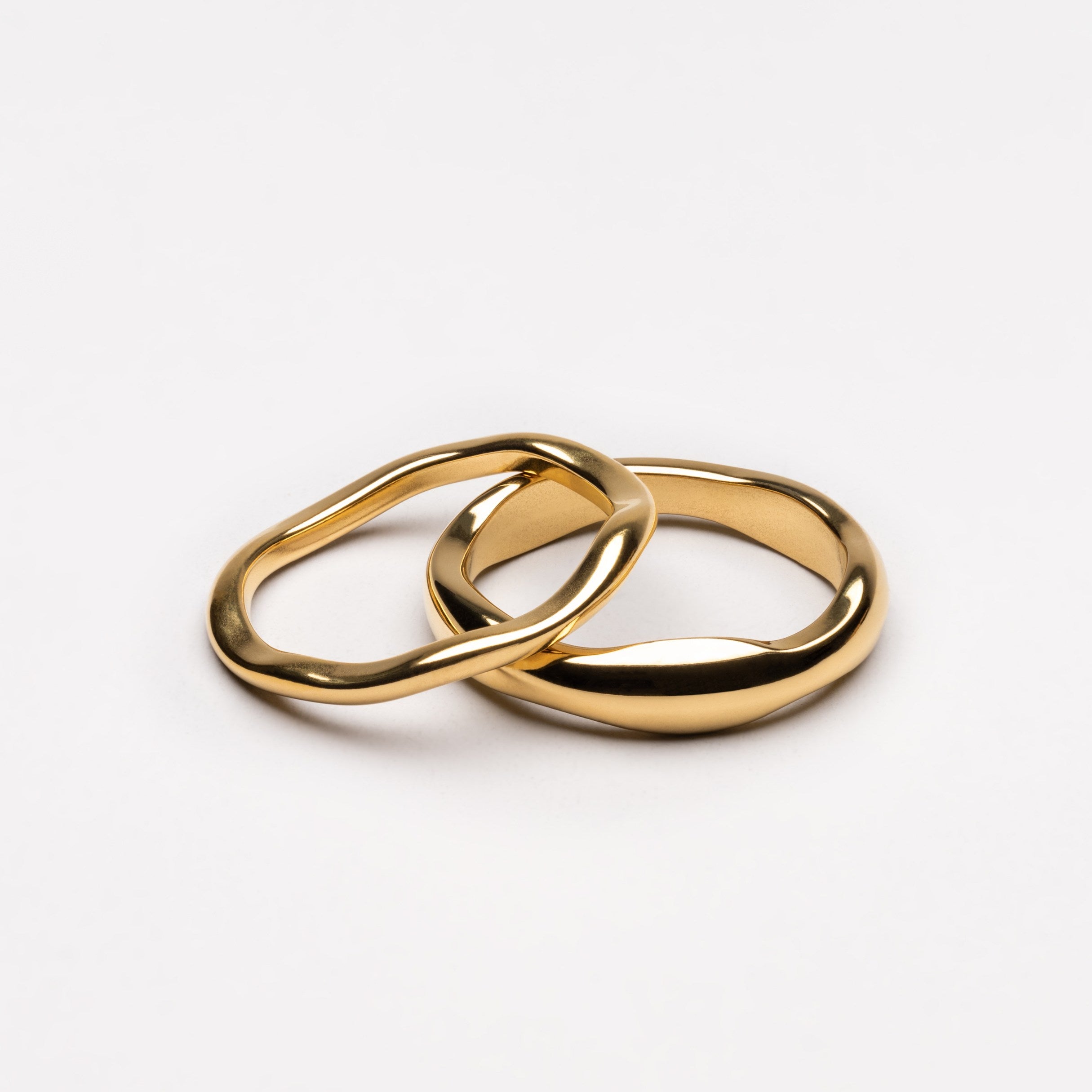
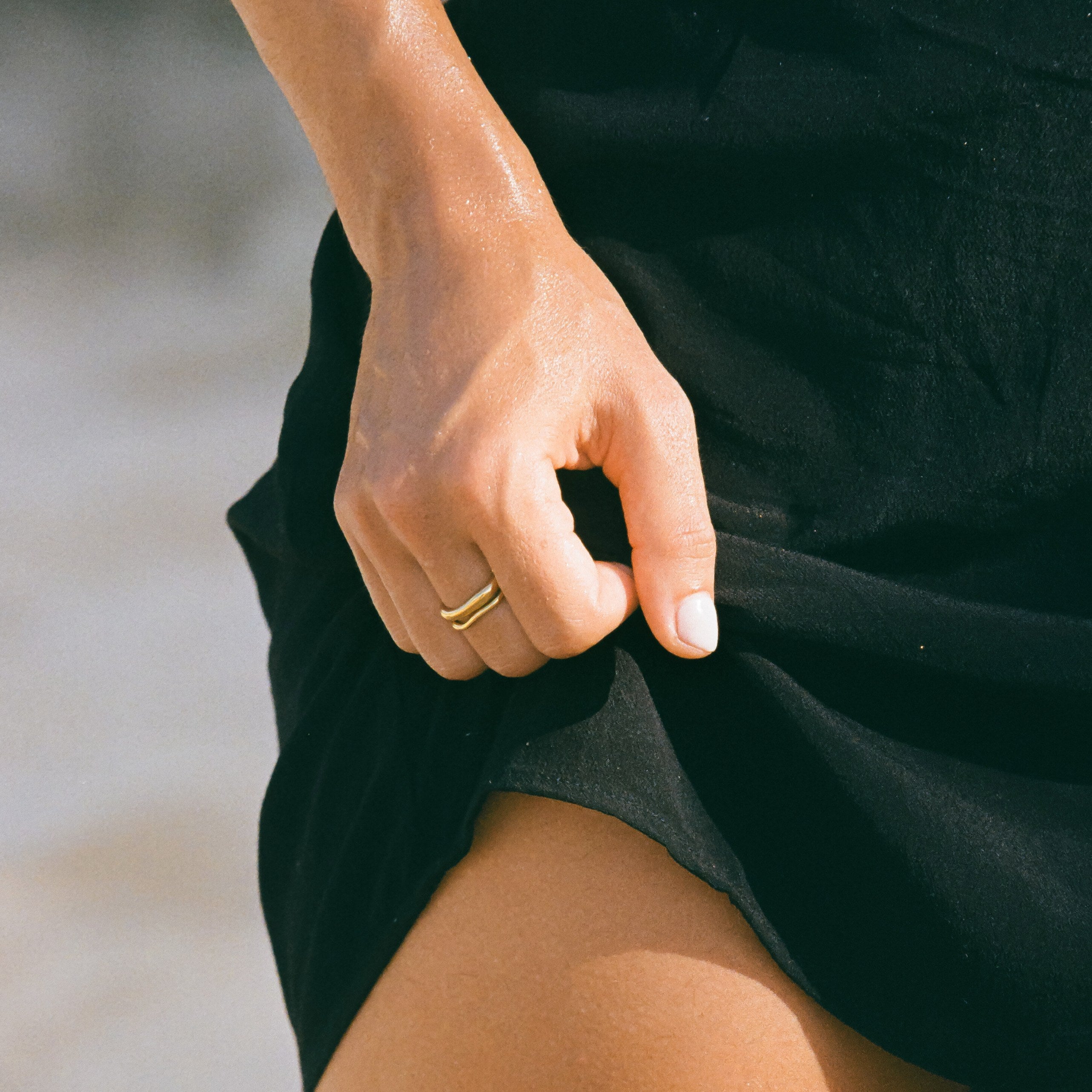

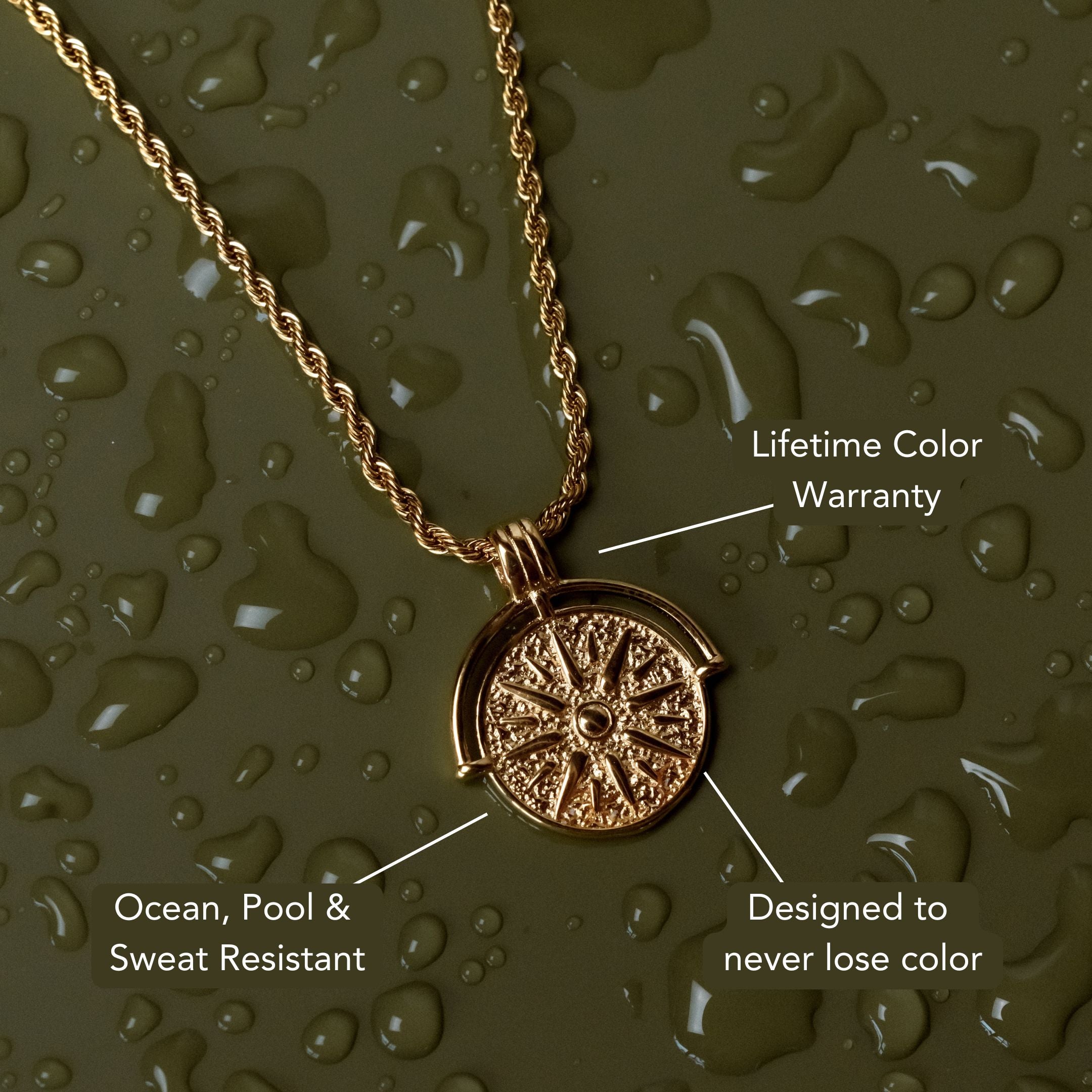

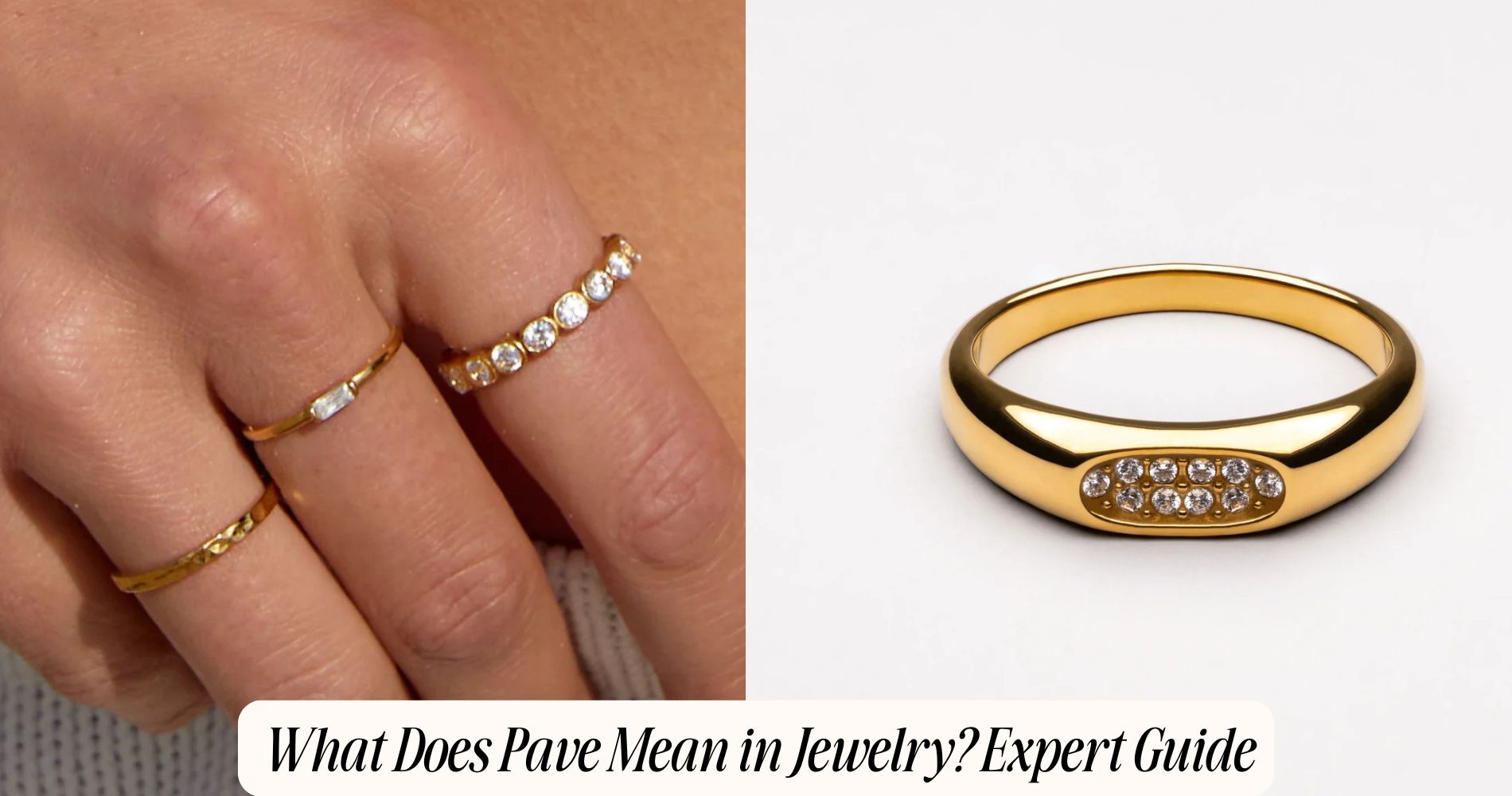




Leave a comment
This site is protected by hCaptcha and the hCaptcha Privacy Policy and Terms of Service apply.